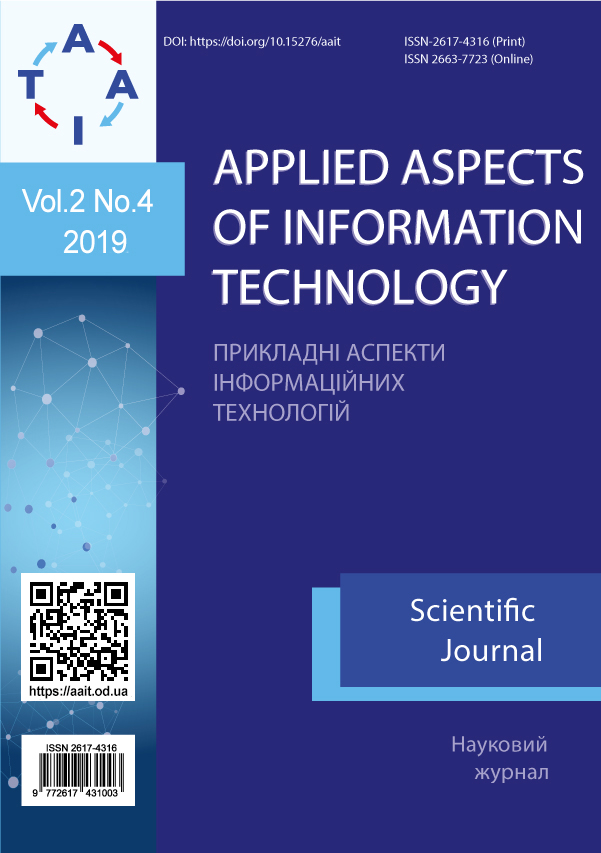Changes in portfolies management of organization projects in conditions of behavioral economy
Main Article Content
Abstract
The article discusses the methodological aspects of portfolio management of organizations development in conditions of behavioral economy. It is shown that the success of the organization’s development portfolio is impossible without taking into account the dominant values of the organization. The article discusses conceptual provisions, methods and models that form the basis of value-oriented management of project portfolios. The conceptual foundations of the value-oriented portfolio management of organizational development are based on models of project life cycles, the formation of a vision for the development of organizations based on the evolutionary theory of values in dynamic environment. The existing concepts, models and methods of managing projects portfolios of organizational development are analyzed. Establishing the correspondence of the dominant levels of organizational values to the established practices of project management showed that the management of project portfolios should be considered from the perspective of a fundamentally new paradigm - as a systematic activity for the development of organizations based on the values that dominate the organization. The types of organizational cultures in accordance with the evolutionary theory of values are considered. The model of value-oriented development of the organization has been further developed and given an understanding of the essence of the spiral nature of the systems development and allows the implementation of joint measures for the organizations development in the form of projects portfolio. It is shown a model for diagnosing the state of organizational values at the stages of the system life cycle to determine a strategy for adapting organizational values to the requirements of the external environment. The method of competitive analysis of portfolio components has been improved to form the composition of the organization’s development portfolio by applying the principles of value-oriented and reflective management to make managerial decisions. The practical application of technology for value-oriented management of the enterprise development portfolio as a complex organizational and technical system is considered.



